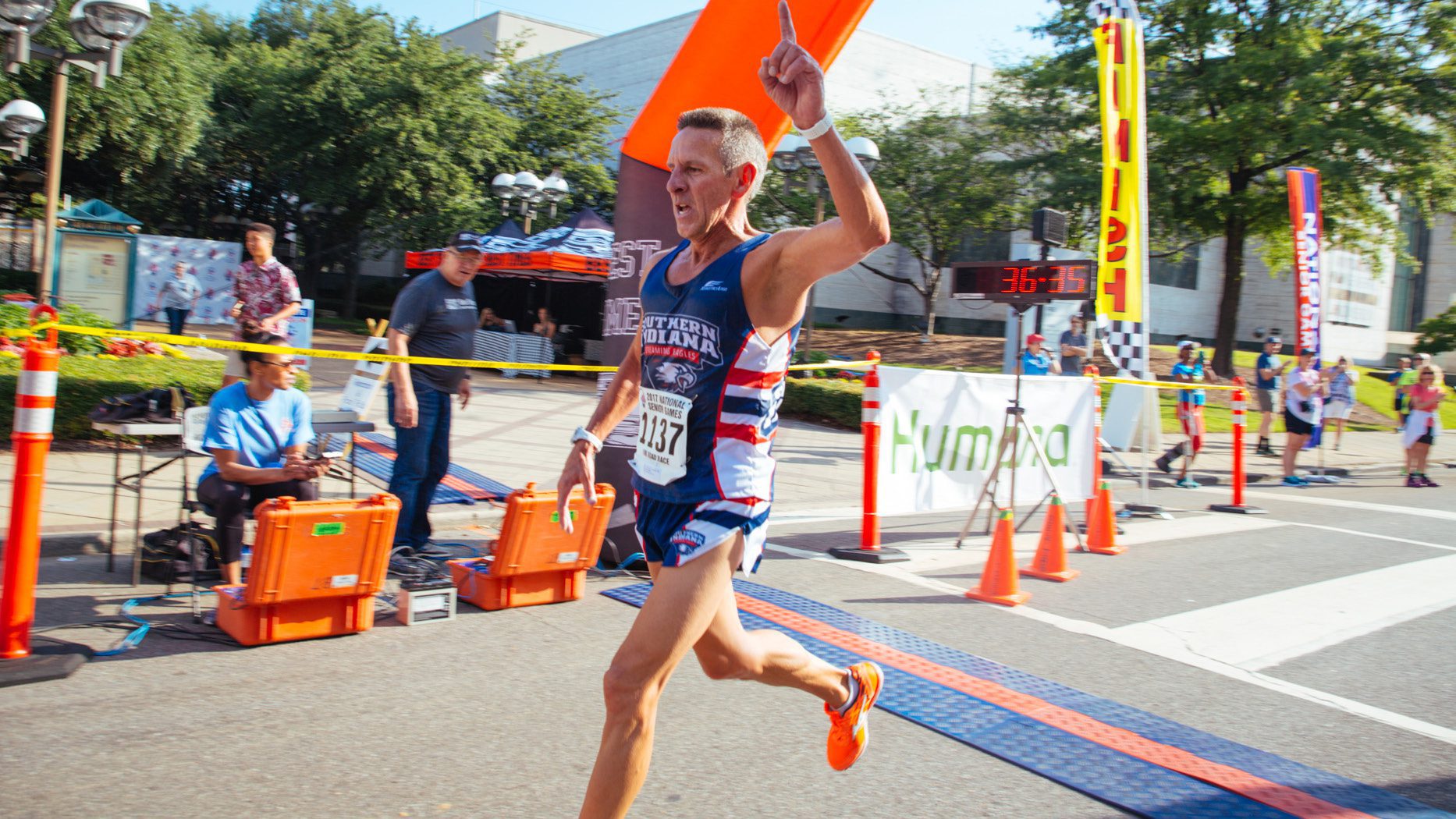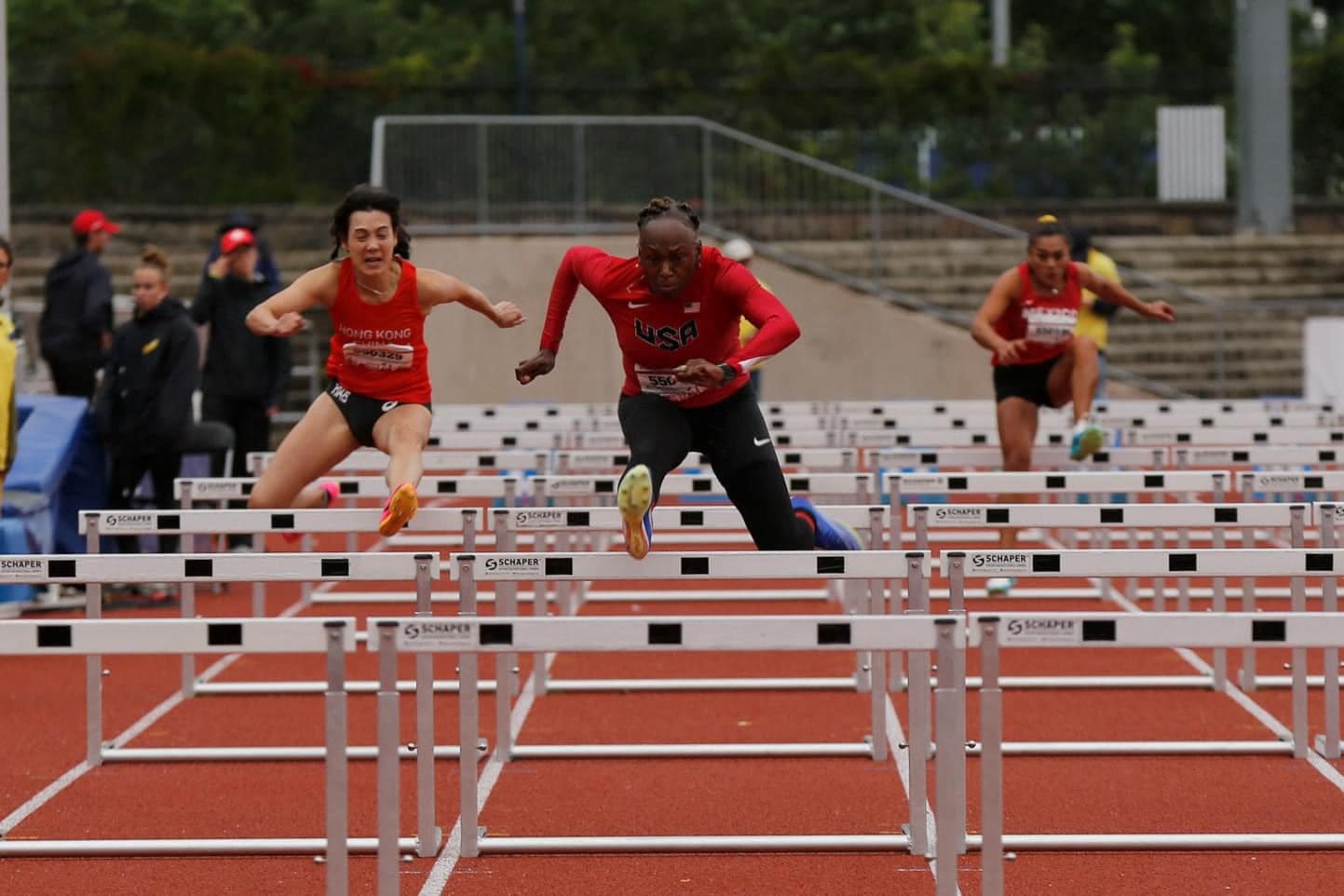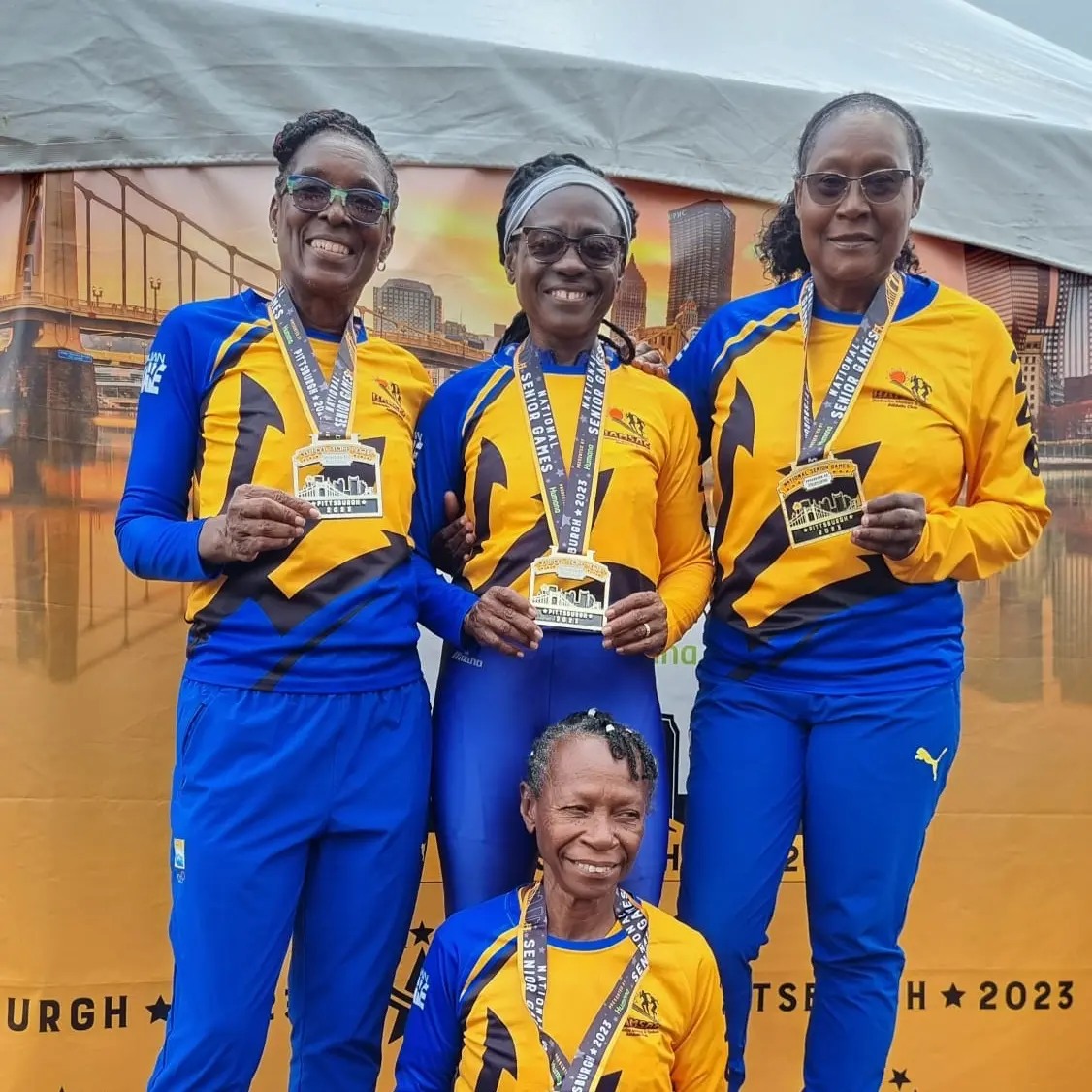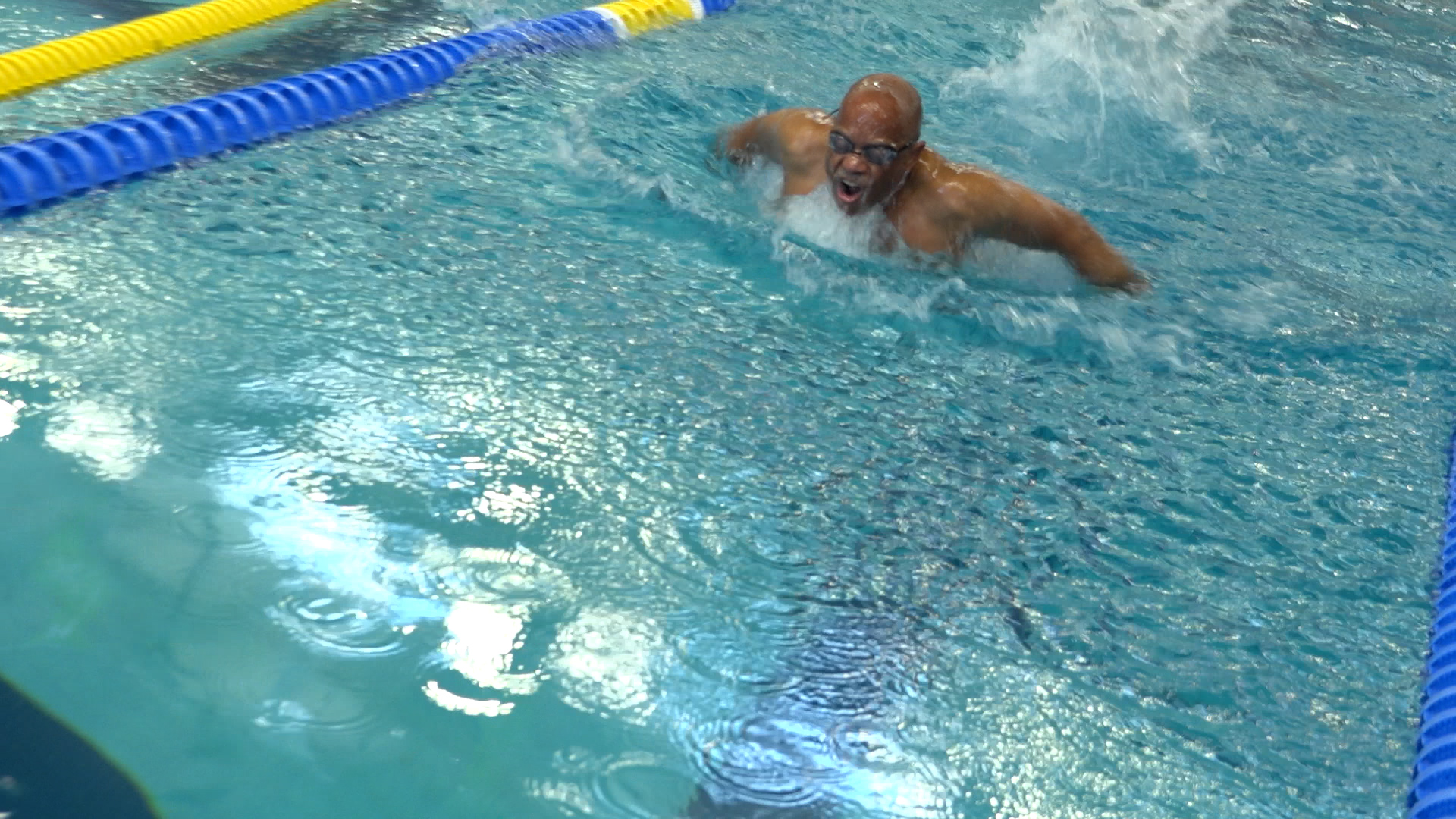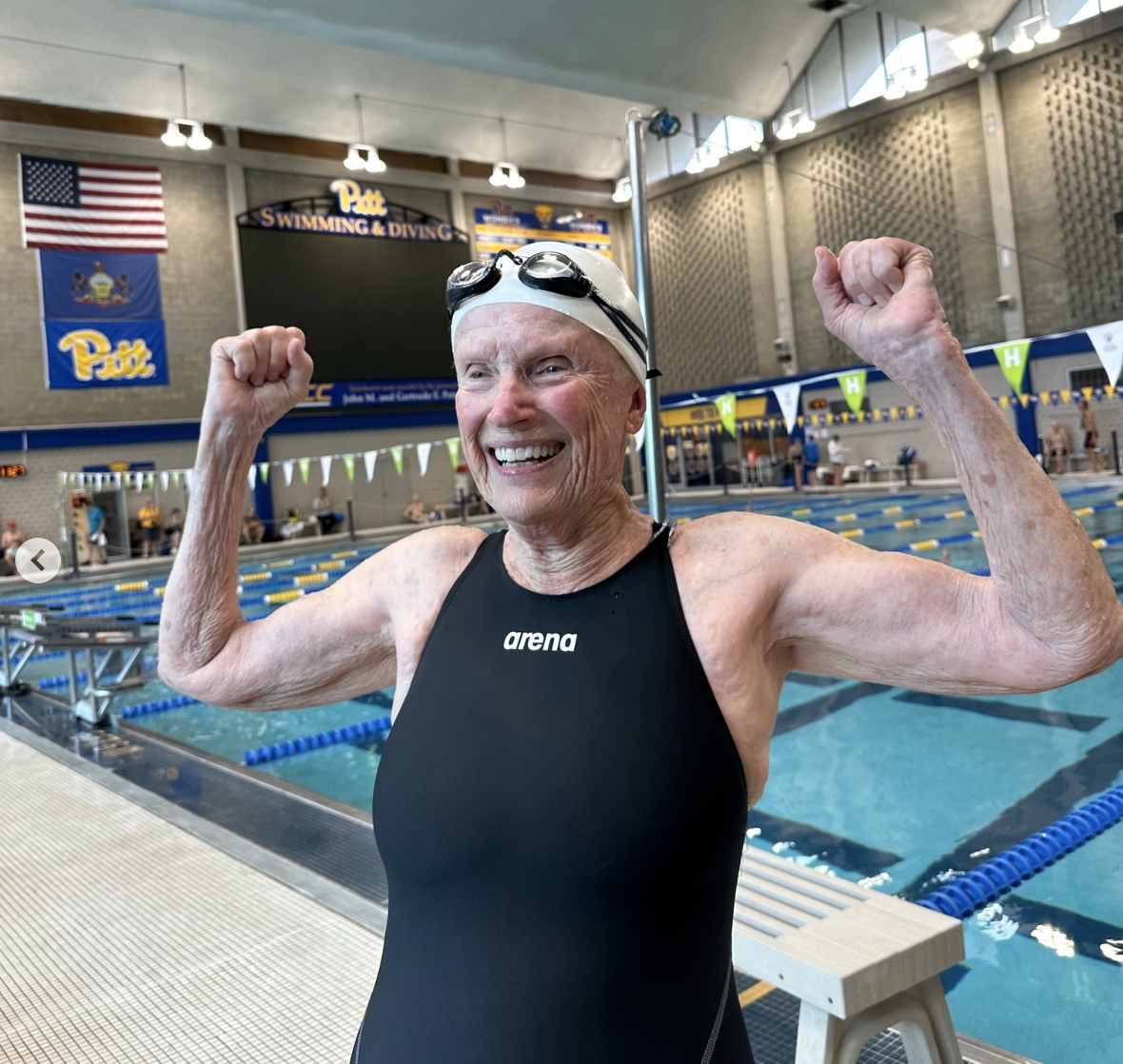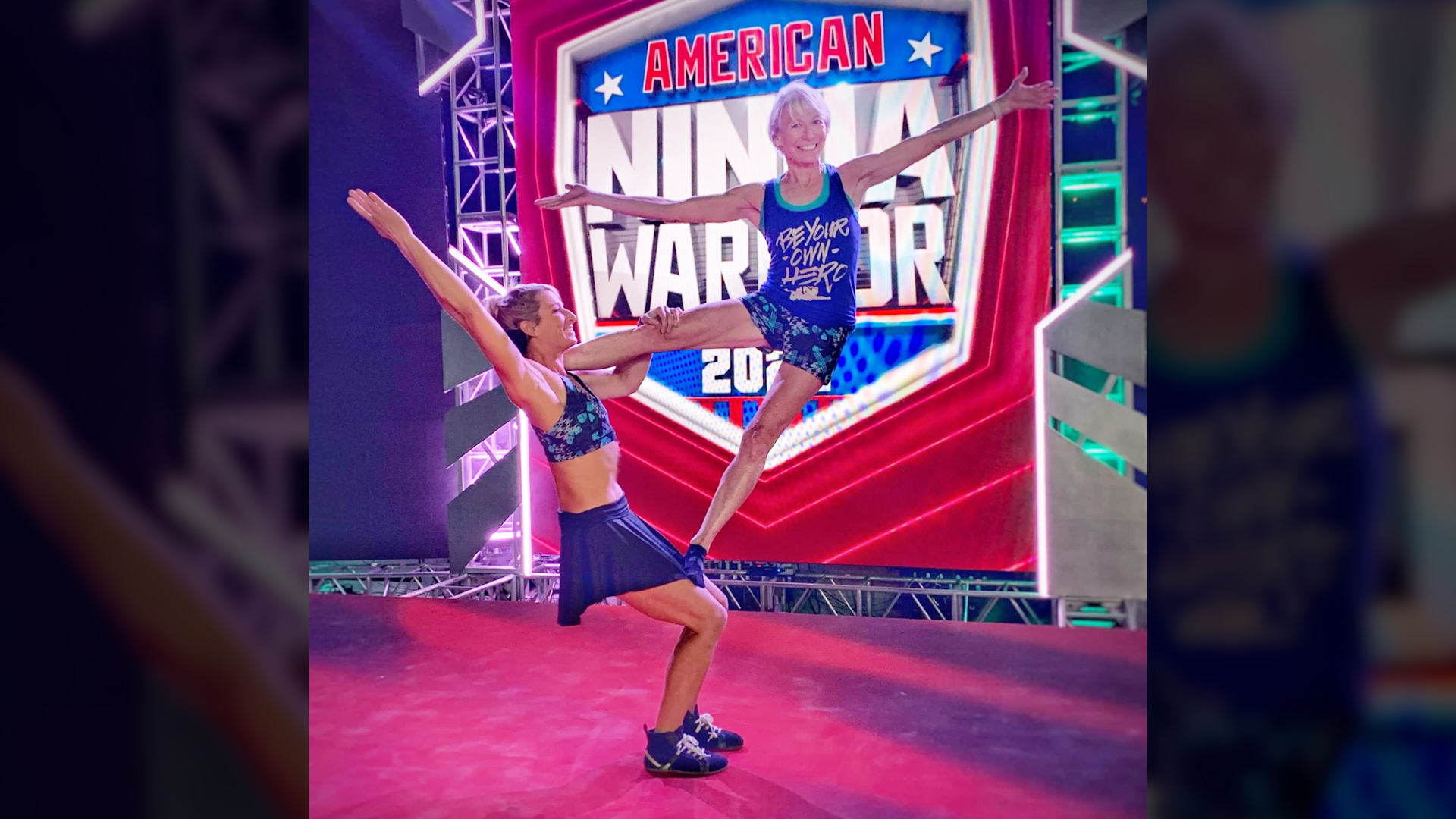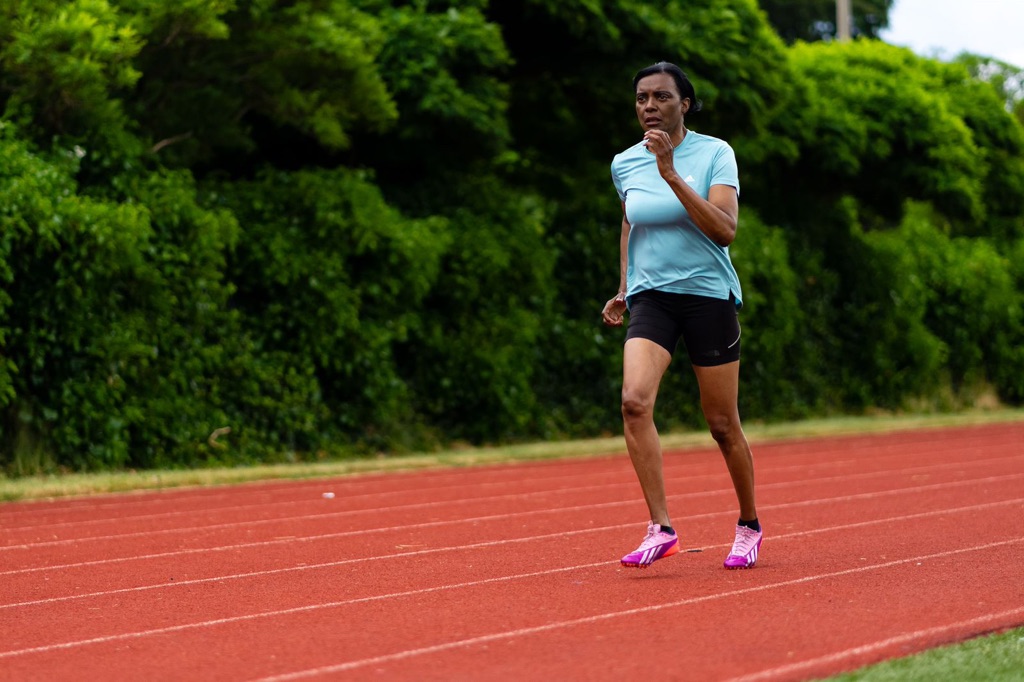Don’t let the headline fool you. This is not really about sports. It’s about a lifestyle that’s filled with fun, friendship and fitness. It’s about health and well-being. It’s about prevention and recovery. It’s about stunning research results that are helping transform our ageist and flawed belief systems about the physiology of aging.
It’s about masters sports, which I’ve come to believe are less about sports and more about the shared experience of self-improvement.
I swam in college but didn’t swim a lap for nearly 35 years. Inspired by many of the people that we feature on Growing Bolder, and with the encouragement of my friend, Rowdy Gaines, I decided to jump back in.
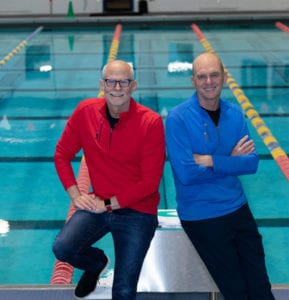
I thought I would be swimming a few laps on a semi-regular basis. I didn’t plan on traveling and competing. I didn’t plan on winning national championships and setting world records. And I certainly didn’t plan on making friends all over the country and discovering a unique multi-generational community that is inclusive and diverse in every way imaginable.
What Are Masters Sports?
The word “masters” frightens some people, but it has nothing to do with ability. It’s simply a widely used descriptor for adult athletes of varying ages.
In swimming, masters are competitors over age 18. In track and field as well as weightlifting, it’s those age 35 and older. CrossFit starts at age 40, while rowing starts at age 27. The National Senior Games Association is for competitors for ages 50 and over, while the World Masters Games are for those ages 30 and older.
Of course, those are age minimums. There’s no upper limit, and the age of the oldest participants in all sports is climbing every year. It’s now common to see competitors in their 90s and occasionally in their 100s.
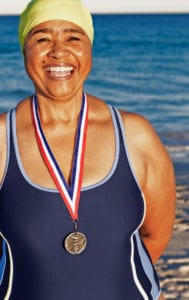
While every masters sport has world-class athletes, including former Olympic champions, they also have men and women who never participated, let alone competed, until later in life—many times not until they were in their 70s, 80s or 90s. Participants come in all shapes, sizes, abilities and disabilities. They all support and inspire one another to keep moving.
While every masters sport has world-class athletes, including former Olympic champions, they also have men and women who never participated, let alone competed, until later in life—many times not until they were in their 70s, 80s or 90s.
Participants come in all shapes, sizes, abilities and disabilities. They all support and inspire one another to keep moving.
What I really love about masters sports is that the influencers aren’t just the best athletes. Yes, three-time Olympic champion Rowdy Gaines is revered in masters swimming, but so is 94-year-old John Corse who says swimming keeps him alive. Former NFL superstar Willie Gault is unquestionably a big man in the world of masters track and field, but so is 101-year-old Julie “Hurricane” Hawkins.
I always take a video camera with me to masters swimming meets because it’s a 100 percent certainty that there’ll be dozens of inspiring stories to share.
At a recent Rowdy Gaines Masters Classic swimming meet in Orlando, a relay team from Jacksonville was attempting to break a world record in the 360-plus age group.
That means their combined ages had to be at least 360. The team consisted of 93-year-old John Corse, 92-year-old Ed Graves, 89-year-old Betty Lorenzi and 86-year-old Joan Campbell. All four had battled serious health setbacks, including cancer, heart disease and a broken neck among many other diseases, injuries and infirmities. “Way too many to mention,” Ed said.
Not only did they break the record, they smashed it, receiving a standing ovation from the crowd and bringing Gaines to tears. “It means a lot to me that they came to my meet and showed us all what active longevity looks like,” he said.
We posted the video of their record-breaking race on the Growing Bolder Facebook page, and within 48 hours it had notched more than 7 million views, generated 54,000 comments and was shared 310,000 times. It’s a story that transcends sports, and it’s why I am such a huge fan of masters sports. Ultimately, it’s not about sports. It’s about believing that we have some control over how we age.
Why Do They Do It?
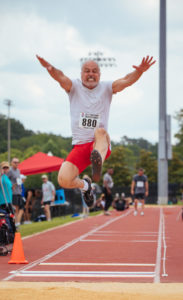
If you ask masters competitors why they do it, I’d wager that the No. 1 answer would be “because it’s fun” followed closely by “because it feels good.”It feels good physically, but more importantly it feels good emotionally—because challenging ourselves to keep moving is part of what makes us human, and part of what kept us alive eons ago. The day our long-lost ancestors stopped moving is the day their tribe left them behind.
It feels good physically, but more importantly it feels good emotionally—because challenging ourselves to keep moving is part of what makes us human, and part of what kept us alive eons ago. The day our long-lost ancestors stopped moving is the day their tribe left them behind.
Participating in masters sports helps people of all ages lose weight, beat cancer, prevent cardiac disease, quit smoking, overcome disability and more.
Many masters athletes compete against one another, but the true competition is within themselves and, more importantly, within our culture. Are they able to overcome the ever-present ageist messaging that says father time has claimed their strength, speed and endurance?
Can they overcome the ageist fear that they’re a heart attack or disabling fall waiting to happen and they’re better off on the couch?
What Are They Proving?
Participants in masters sports defy expectations and smash stereotypes—and we’re all the beneficiaries of their belief-shattering examples.
You know all those widely reported studies that say we lose strength, muscle mass, bone density, flexibility and speed as we age? They were done with groups of sedentary adults— couch potatoes—and the results are part of the ageist programming that’s accelerating the onset and severity of age-related disease, disability and morbidity.
The explosion in masters sports programs has provided researchers with a large and diverse test group never before available. Their findings are nothing short of amazing—and will have a major impact on society, lowering of healthcare costs and improving the quality of life for millions.
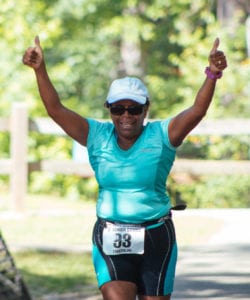
Researchers are now discovering, thanks to studies of masters athletes, that the most common changes seen in our bodies are primarily the result of lifestyle and, contrary to previous research, not part of the “normal” aging process. Masters athletes are not only slowing but reversing bone density loss, sarcopenia (muscle loss), hormone loss, the onset of dementia and more. The result is a new model for aging—a vigorous longevity and an unprecedented quality of life built around exercise, socialization, encouragement and inspiration that’s sustainable until a very old age.

